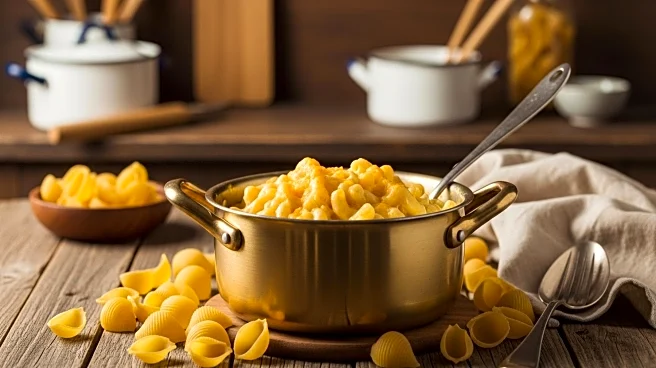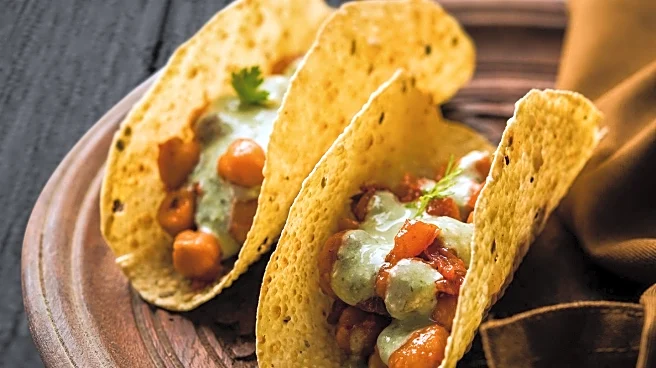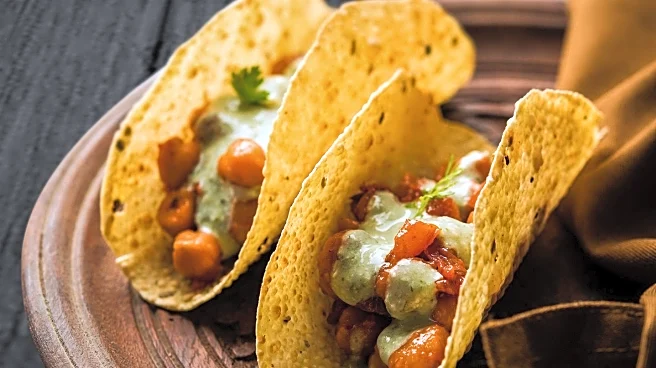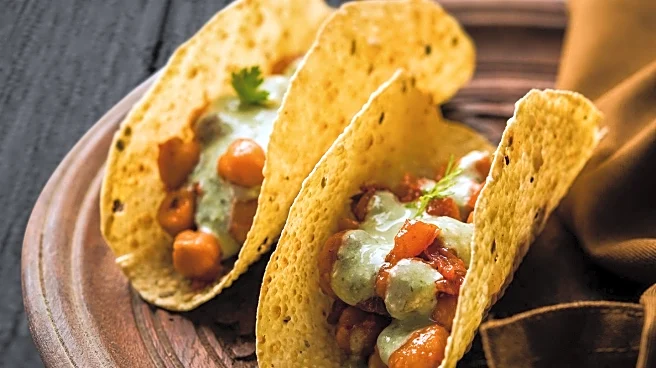Tacos are a quintessential part of Mexican cuisine, celebrated for their versatility and rich flavors. Originating from pre-Hispanic traditions, tacos have evolved into a beloved street food, enjoyed by millions across the
globe. They are typically made with tortillas filled with a variety of ingredients, ranging from meats to vegetarian options, and are often accompanied by cheese and other toppings. This article explores the origins, signature preparations, regional variations, and cultural significance of tacos.
other foods. This practice laid the foundation for what would become one of Mexico's most iconic dishes. Tacos are traditionally made with corn or flour tortillas and filled with a variety of ingredients, including meats like carnitas, carne asada, and al pastor, as well as vegetarian options such as mushrooms, potatoes, rice, and beans.
taste experience. Popular styles include tacos de canasta, which are filled with stews and bathed in oil or melted butter, and tacos al pastor, featuring marinated pork cooked on a vertical spit. The preparation of tacos often involves grilling or frying the fillings, adding layers of flavor and texture that make them irresistible.
appeal. In central Mexico, tacos de canasta are a staple, often sold by street vendors on bicycles. Each region has its own take on tacos, influenced by local ingredients and culinary traditions. This diversity ensures that tacos remain a dynamic and evolving part of Mexican cuisine.
eaten as the main meal but are enjoyed as snacks or light meals, often before midday or late in the evening. Tacos are more than just food; they represent a way of life, bringing people together to share in the joy of good company and delicious flavors.
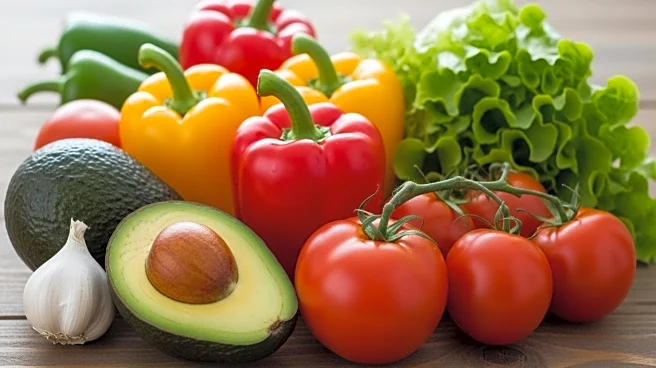
 Discover Daily
Discover Daily Tacos: A Culinary Journey
Do you find this article useful?

